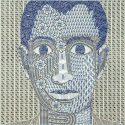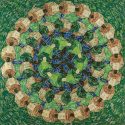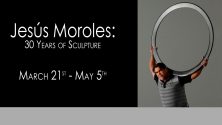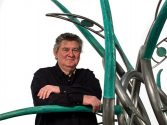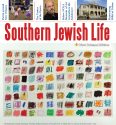“Review: Troy Dugas and Casey Ruble,” Gambit
In the art world, some people wonder if this is the worst or the best of times. Neither of the leading art capitals, New York and London, have produced any truly exciting new art or artists in ages, but the silver lining is that tedious trends like postmodernism no longer rule, and vital regional art scenes like New Orleans and Los Angeles have never been more highly regarded. This quiet revolution that transcends the prevailing “isms” is exemplified in Acadiana-based Troy Dugas’ large cut-paper collages.
